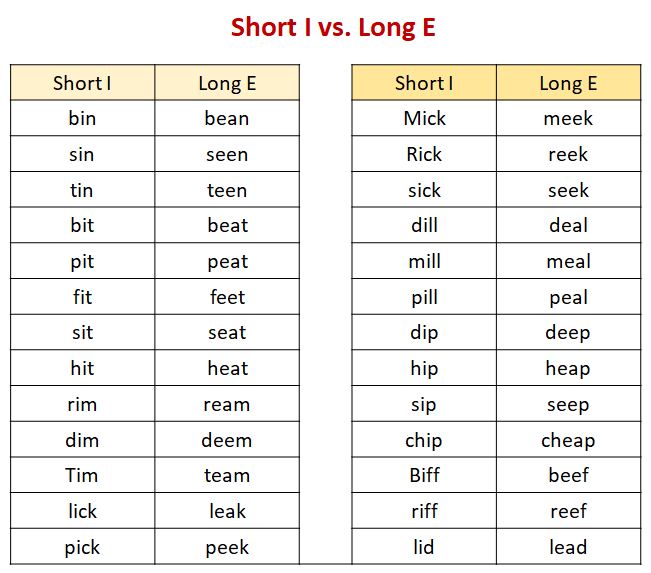

In words like bake, lone, etc., the vowel 'E' at the end is silent but produces a long vowel sound. Furthermore, there are numerous spelling variations for long vowels. For example, in the word "BOAT," the vowel "O" sound is loud.Ĭompared to short vowels, long vowels feature more complex writing patterns. When two separate vowels are used in a word consecutively, the first vowel's sound is more audible than the second. Long vowels are typically seen in words with two consecutive vowels between the consonants or in open syllables that terminate in a vowel. Short vowels can be pronounced without moving the jaws in any particular direction. The speaker shifts their mouth from a closed to an open position to pronounce long vowels or the other way around. Pronunciations with a few vowels are usually brief and may not sound like their names.Ī long vowel will be present when there are two vowels in between consonants or when the final consonant ends in an "E."Ī short vowel is made up of just one vowel and two consonants. The sound of long vowels is similar to their name.

Long vowels can be detected in open syllables. Vowels with short vowels make short, quick sounds. Long vowel sounds are common with long vowels. Here is a comparison table to note the key differences between Long and Short vowels following different parameters: I: bird, panic, pig, tin, bit, hid, ginger.

Given below are some words that contain short vowel sounds. The following are the English language's five short vowel sounds: Short vowels don't have a sound close to their name, unlike long vowels. Therefore, closed syllables are the cause of short vowels. A short vowel sound results when a consonant follows a vowel in a syllable.Ī closed syllable is a name given to this kind of syllable. Long vowels make a long syllable, whereas short vowels produce a short vowel sound. Given below are some words that contain long vowel sounds. The English language uses five long vowel sounds: For instance, the letter "a" in the word "aim" is pronounced as "ayy," or /. A long vowel has a sound similar to the vowel's name. The main distinction between long and short vowels is that the first has a lengthy sound, while the latter has a short sound. Based on their length, vowels can be divided into long and short vowels. These vowels can represent numerous sounds.Ī vowel's position within a word and how that word is pronounced can affect both its length and sound.


 0 kommentar(er)
0 kommentar(er)
